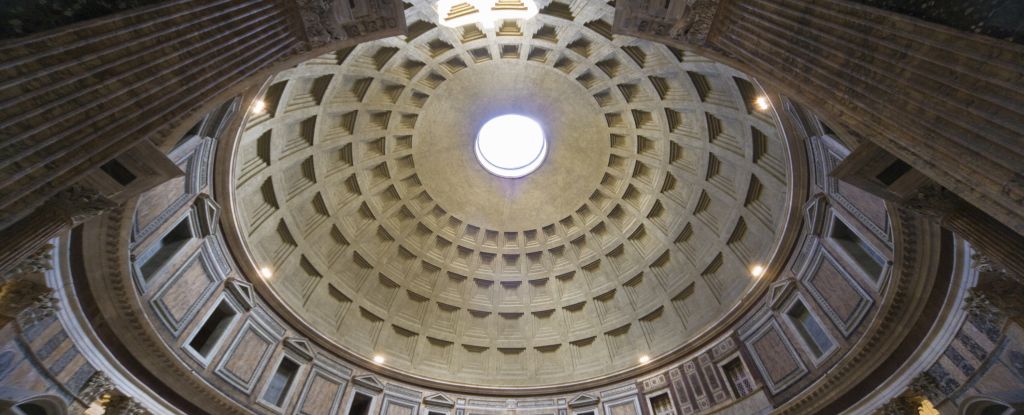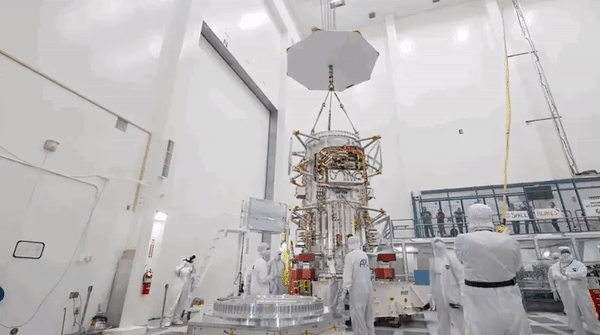The ancient Romans were skilled builders and engineers, famously known for their aqueducts. These impressive structures relied on a unique construction material: pozzolanic concrete, a highly durable type of concrete that provided Roman buildings with remarkable strength. Case in point, the Pantheon, nearly 2,000 years old and still fully intact, holds the distinction of having the world’s largest dome of unreinforced concrete. The strength of this concrete is often attributed to its components: pozzolana, a blend of volcanic ash, and lime. When mixed with water, these materials can react to produce robust concrete. However, it turns out that there is more to this story.
In 2023, a team of researchers from the Massachusetts Institute of Technology (MIT) uncovered that the materials used in Roman concrete were slightly different than previously thought, and the mixing techniques were also unique. The researchers, led by MIT civil engineer Linda Seymour, delved into the study of 2,000-year-old samples of Roman concrete from the archaeological site of Privernum in Italy. Through various advanced techniques, they identified small, white lime clasts present in the concrete, which led to a new understanding of Roman concrete production.
The team found that the lime clasts in the samples did not align with the conventional method of using slaked lime. Instead, they concluded that Roman concrete was likely made by mixing quicklime directly with the pozzolana and water at very high temperatures, either on its own or in addition to slaked lime, a process they referred to as “hot mixing.” This technique produces the lime clasts and, as it turns out, offers several advantages. Heating the concrete to high temperatures enables chemical reactions that are not achievable with slaked lime alone, generating high-temperature-associated compounds that would not otherwise form. Furthermore, this increased temperature significantly reduces curing and setting times, facilitating much faster construction.
Moreover, the presence of lime clasts gives the concrete exceptional self-healing properties. When the concrete experiences cracks, they tend to propagate towards the lime clasts, which have a larger surface area than other particles in the matrix. As water infiltrates the crack, it reacts with the lime to create a calcium-rich solution that dries and solidifies as calcium carbonate, effectively mending the crack and preventing further spreading. Evidence of this self-healing ability has been observed in concrete from the Tomb of Caecilia Metella, where cracks have been filled with calcite. This property could also explain why Roman concrete used in seawalls thousands of years ago has withstood the test of time despite enduring constant exposure to the ocean’s forces.
To validate their findings, the team constructed pozzolanic concrete using ancient and modern recipes incorporating quicklime. They also produced a control concrete without quicklime and subjected both to crack tests. The results confirmed their hypothesis, as the cracked quicklime concrete completely healed within two weeks, while the control concrete remained cracked.
The team is now focused on commercializing this durable concrete as a more eco-friendly alternative to current formulations. They also see potential in enhancing the durability of 3D-printed concrete formulations, expressing enthusiasm about the wider applications of these more resilient concrete formulations.
The findings of this study have been published in Science Advances.
A version of this article was first published in January 2023.















